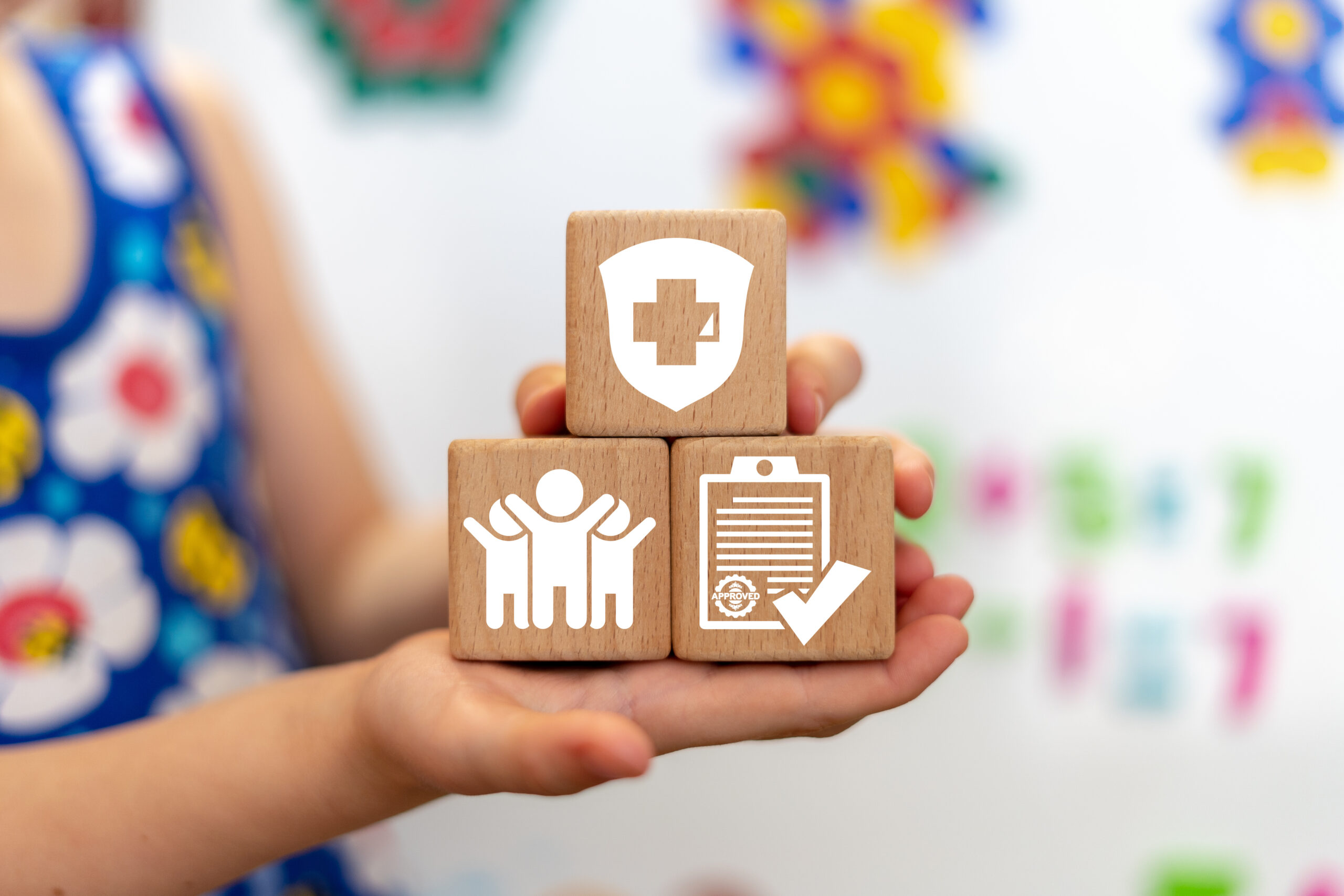A childcare safety plan—also known as an emergency action plan or emergency preparedness daycare plan—is essential for protecting the health and safety of young children.
Good intentions and personal commitment to safety are essential, but they can’t replace a solid plan. Emergencies can challenge the best intentions, so having a well-communicated plan that everyone understands helps ensure a smooth response. Like an evacuation daycare plan, preparedness elements rely on teamwork and communication.
Keep in mind that a strong safety plan considers the following:
- Physical safety
- Emergency preparedness
- Health protocols
Creating a plan provides peace of mind for you and your staff, builds trust with parents, and ensures compliance with regulating authorities.
Importance of a Safety Checklist
A safety checklist for your daycare is essential to ensure all critical items are considered and easy to track. It helps prevent accidents and promotes a culture of safety, encouraging your team to maintain routines for safety and effective disaster response.
Safety checklists for daycares help prevent injuries and accidents. Storing heavier items on the lowest shelf can avoid incidents. Regularly checking playground equipment for wear-and-tear, rust, or loose screws reduces risks. Having another teacher assist with cleanup can prevent a single accident from escalating.
Safety preparedness offers key benefits: prioritizing children, earning parents’ trust, preventing accidents, and ensuring effective emergency responses. Additionally, a solid safety plan enhances your center’s chances of securing grants, federal funding, certifications, and tax exemptions. Organizations like ChildCare Aware of America and FEMA establish standards for child safety. Meeting these benchmarks can help your center stand out to parents and achieve top-tier recognition in child safety practices.
Key Elements of a Childcare Safety Checklist
Some elements to consider in your emergency preparedness daycare plan are:
Physical Safety Measures
- Establishing a plan of action to address accidents and injuries
- Teaching and encouraging the safe use of classroom or daycare tools like scissors
- Using shock-absorbing surfaces whenever possible to decrease the risk of injury
- Pickup and drop-off protocols
Facility Management
- Securing entrances and exits
- Using safe furniture and maintaining equipment regularly
- Regular facility inspections
- Safety checklists for each area in your center
Emergency Preparedness
- Keeping exits clear of obstructions to follow a daycare evacuation plan successfully
- Communication guidelines for administration and staff to contact parents and guardians
- Routine fire drills and drills for regional weather disasters, like hurricanes, tornadoes, and earthquakes
- Testing and replacing smoke alarms, carbon monoxide detectors, and fire extinguishers
Sanitation and First-Aid Practices
- Ordered procedures for staff to follow in case of hazards like spills, contaminated materials, and toxic waste
- Available steps, tools, and cleaning supplies for disinfecting surfaces, toys, restrooms, and eating spaces
- Posting signs and guidance for children and staff to limit the spread of illness
- Maintaining stocked inventory for medical equipment and medicines
- Having at least one licensed medical professional on staff during regular business hours
- Requiring staff to complete safety courses, certifications, and training like CPR and first-aid
Keeping Your Safety Checklist up-to-date
When creating your childcare center’s safety checklist, include a step for revisiting the plan for updates and training. An outdated safety plan can lead to overlooked protocols.
Practice fire drills, emergency procedures for natural disasters and security threat routines at least once a year to ensure everyone knows their roles in an emergency. Replace batteries in fire alarms and carbon monoxide detectors every six months. Update health and medical protocols according to current issues, like flu season. Revisit your safety checklist annually since regulatory bodies may conduct scheduled or unexpected visits.
A Safer Future for Your Childcare Center
Don’t wait for an emergency to create a daycare safety plan. A well-prepared plan improves communication, ensures quick action, and helps keep everyone safe. It also prevents potential issues before they arise. Prioritizing safety is essential for any childcare center.
Once you have your emergency plan in place, let Radius Childcare Solutions help you highlight it. We offer marketing services, including SEO-boosting content and social media engagement, to showcase your center’s commitment to safety. Plus, we can promote your certifications and accreditations to help your center stand out and grow.

